Corticosteroids are the mainstay of treatment of brain edema. Intravenous Fluids IVs help prevent your blood pressure from dropping too low.
/edema-overview-4580232-74-5c6f249646e0fb0001f87c65.png)
Edema Symptoms Causes Diagnosis And Treatment
Increased ICP can reduce brain blood flow and decrease the oxygen your brain receives.

How to treat edema in the brain. Causes of cerebral edema. Cerebral edema is a potentially devastating complication of various acute neurologic disorders. The main causes of brain swelling are hypoxia and hypoxemia especially in combination with an increase in the level of carbon dioxide.
Osmotherapy is a treatment meant to draw water out of the brain. Medications Some medications can help treat brain swelling by decreasing the likelihood of clot formation. It can result from overuse or infection.
Oxygen Therapy Oxygen therapy helps ensure that your blood has enough oxygen in it which can help control swelling. Vasogenic edema is the most relevant type of edema associated with intra- or extra-axial tumor-associated PTBE including meningiomas. 78 Hyperosmolar therapies specifically referencing mannitol and hypertonic saline HTS create an osmolar gradient which allows cerebrospinal fluid to move from the cranial space leading to a decrease in ICP.
If it drops your brain. If pressure is limiting or preventing adequate supply medical intervention may be necessary. The treatment of cerebral edema and ICH includes surgical decompression head-of-bed elevation volume resuscitation hyperosmolar therapy sedation hypothermia and barbiturate coma.
Usually swelling happens quickly and is simple to treat with some. Swelling -- also called edema -- is the bodys response to many types of injury. Its successful treatment may save lives and preserve neurologic function.
Here are some of the common treatments for brain swelling. Different pathophysiological mechanisms are responsible for the formation of cytotoxic and vasogenic edema. In this article learn about the symptoms of cerebral edema as well as how doctors diagnose and treat the condition.
When possible corticosteroids should be used in a low dose eg 4 mg dexamethasone daily to avoid serious side effects such as. Edema of the brain can be accompanied by neurotoxicosis neuroinfections brain injuries metabolic disorders. This is done using osmotic agents such as mannitol high-salt saline glycerol and drugs such as furosemide.
Hypertonic saline and mannitol can be used in an alternating fashion to treat symptomatic brain edema. The aim of the treatment for cerebral edema is to decrease the swelling around the brain and reduce the pressure being put on the brain and ensure proper blood supply reaches the brain so that the cells do not start dying due to oxygen depletion. Yet these 2 types of edema often coexist and their treatment tends to overlap with the.
Another important consideration in the use of hyperosmolar therapy is careful weaning. The brain needs an uninterrupted flow of oxygen to function properly. 9 Vasogenic edema is characterized by an increase in extracellular fluid volume due to breakdown of the bloodbrain barrier BBB with increased permeability of brain capillary endothelial cells to.
Common causes include a traumatic brain injury stroke tumor or infection. Weaning should be initiated cautiously and in a stepwise manner following the peak edema period and the patient should be closely monitored for signs of rebound edema.
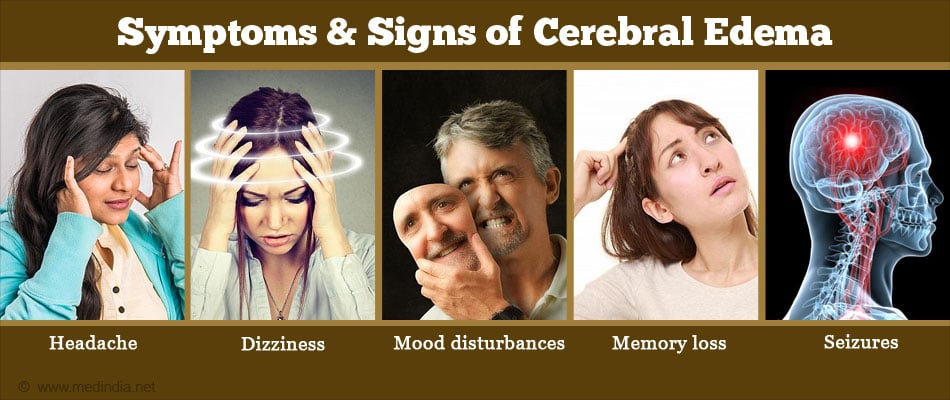
Cerebral Edema Causes Symptoms Diagnosis Treatment Prevention

Cerebral Edema Causes Symptoms Diagnosis Treatment Prevention
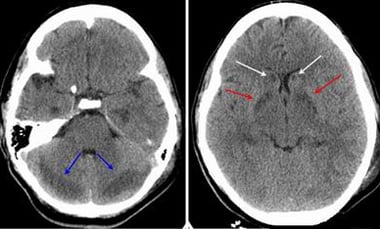
Primary Causes Of Cerebral Edema Brain Swelling
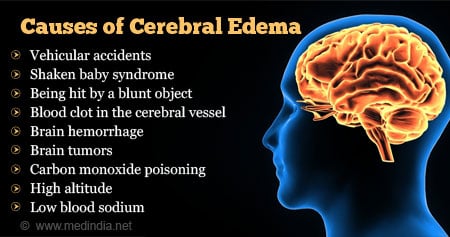
Cerebral Edema Causes Symptoms Diagnosis Treatment Prevention
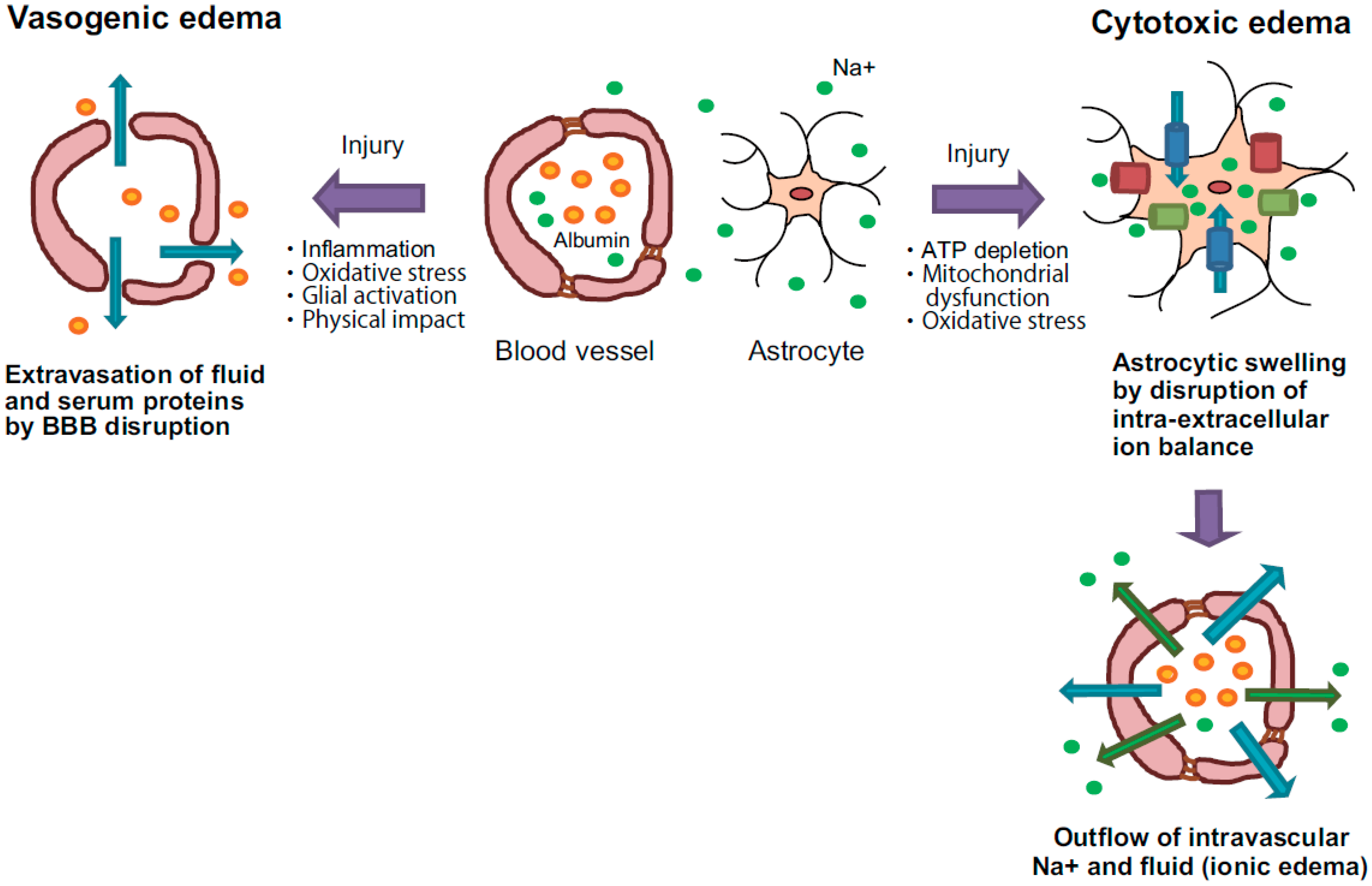
Ijms Free Full Text Pathogenesis Of Brain Edema And Investigation Into Anti Edema Drugs Html

Cerebral Edema Causes Symptoms Treatment Prognosis

Cerebral Edema Causes And Treatment Guidelines

Cerebral Edema Causes Symptoms Diagnosis Treatment Prevention
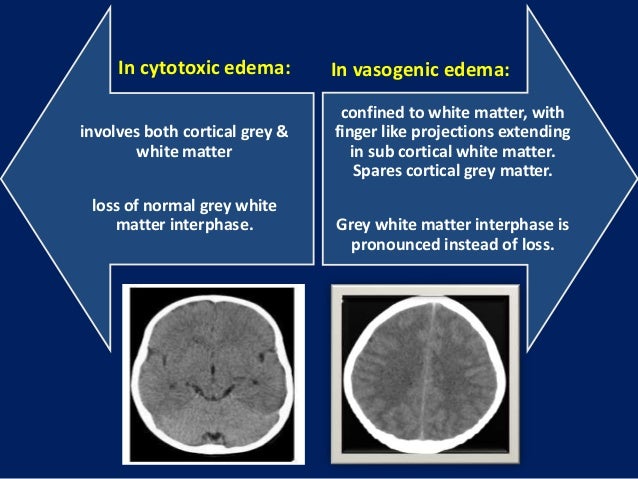
0 comments:
Post a Comment